Welcome to Norfolk Instruments, a surgical manufacturing company.
Shop
- Home
- >
- Laryngoscope Ent
- >
- DISPOSABLE SPECULA
- >
- For conventional Laryngoscopes blades
For conventional Laryngoscopes blades
For conventional
Laryngoscopes blades
For conventional Laryngoscopes blades
LUX : 20,000
Bulb W/o Lining
A Conventional Laryngoscopes blades is a medical device used in the field of anesthesia and critical care to visualize the larynx and vocal cords during intubation. Intubation is the process of inserting a flexible plastic tube into the trachea (windpipe) to maintain an open airway, facilitate mechanical ventilation, or administer certain medications.
Here’s a detailed explanation of the components and functionality of conventional laryngoscope blades:
- Handle:
- The laryngoscope typically consists of a handle and a detachable blade. The handle is the part held by the healthcare provider and usually contains the power source for illumination. Conventional Laryngoscopes blades often use replaceable batteries or rechargeable ones.
- Blade:
- The blade is the curved or straight metal portion of the laryngoscope that is inserted into the patient’s mouth to lift the tongue and provide a clear view of the larynx. Blades are available in various sizes and shapes to accommodate different patient anatomies, from neonates to adults.
- Material:
- Blades are commonly made of stainless steel, which is durable and can be easily sterilized. Some blades may have a non-reflective coating to reduce glare during intubation procedures.
- Curvature:
- Laryngoscope blades come in different curvatures, such as Macintosh and Miller blades. The Macintosh blade has a curved design that helps lift the tongue and epiglottis to expose the vocal cords. The Miller blade is straight and is often used in patients with difficult airways or limited mouth opening.
- Light Source:
- The distal end of the laryngoscope blade contains a light source (often a small bulb or LED) to illuminate the area around the larynx. This illumination is crucial for the healthcare provider to visualize the vocal cords and guide the endotracheal tube into the trachea.
- Size and Compatibility:
- Laryngoscope blades are available in various sizes to suit different patient age groups and sizes. They are often color-coded for easy identification. It’s important to use the appropriate size for the patient to ensure successful intubation.
- Attachment Mechanism:
- The blade attaches to the handle through a mechanism that allows for easy removal and replacement. This design enables healthcare providers to switch between blades of different sizes and styles as needed.
- Maintenance:
- Regular cleaning and sterilization of laryngoscope blades are essential to prevent the risk of infection transmission between patients.
Conventional Laryngoscopes blades have been widely used for many years and continue to be an essential tool in airway management during surgical procedures, emergency situations, and other medical interventions where intubation is required. Advances in technology have led to the development of video laryngoscopes, but conventional laryngoscopes remain a fundamental and reliable tool in clinical practice.

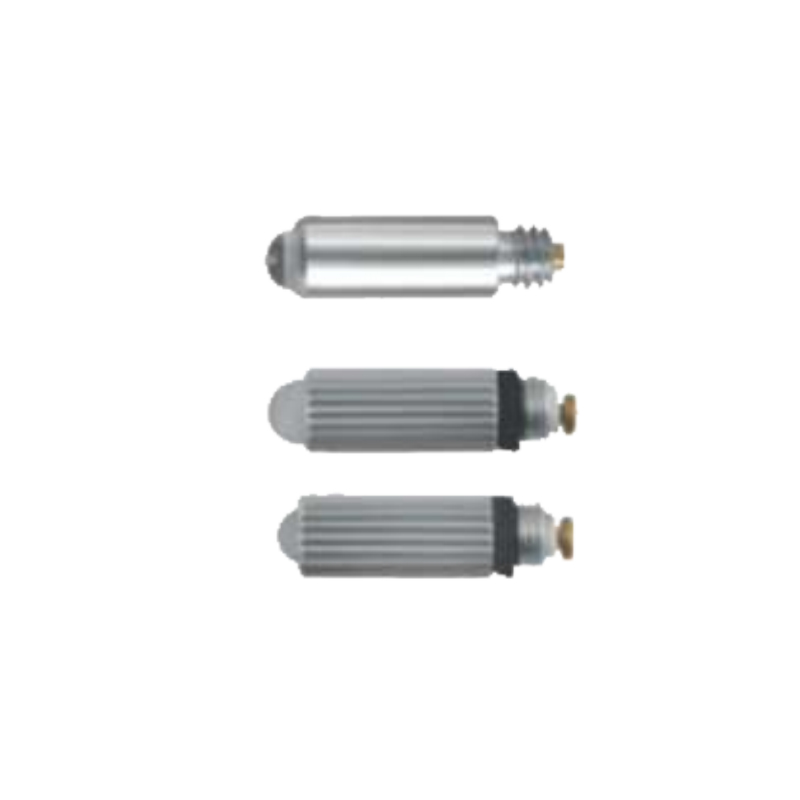
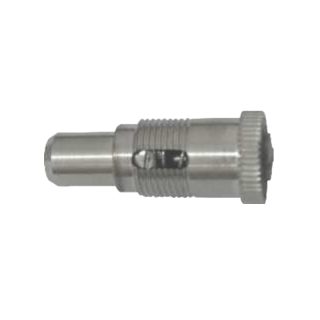
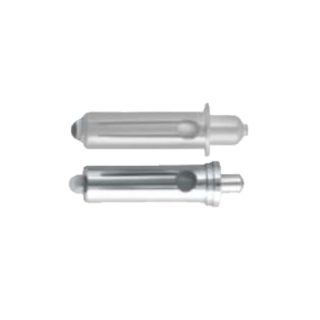
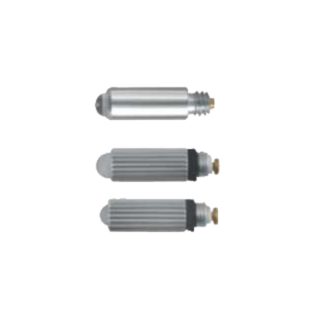
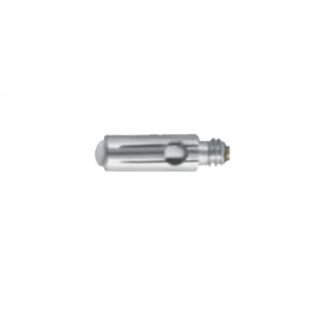
Reviews
There are no reviews yet.